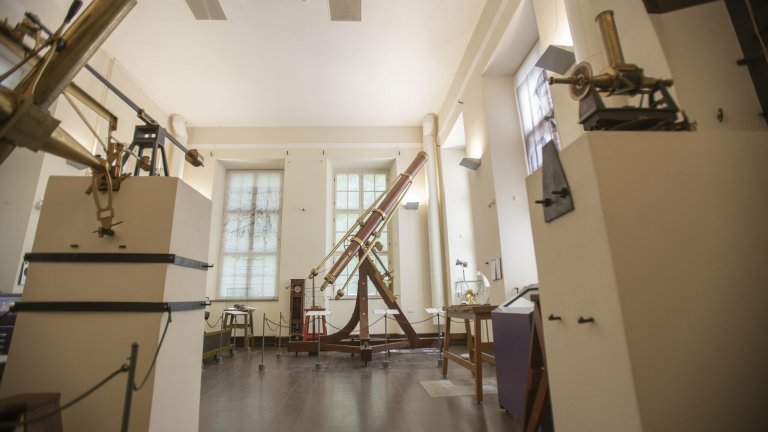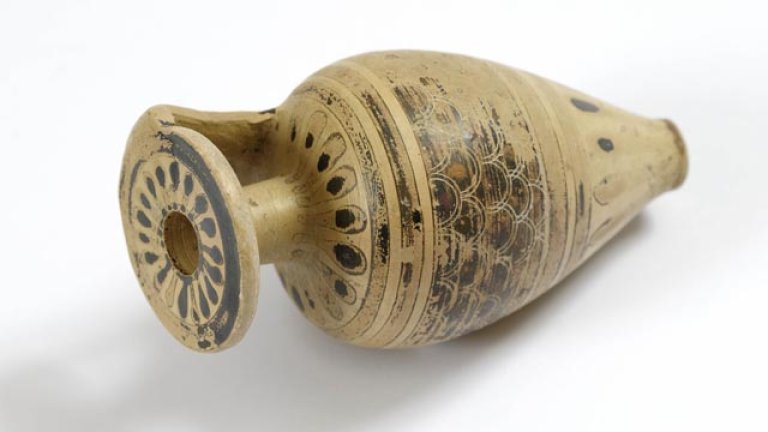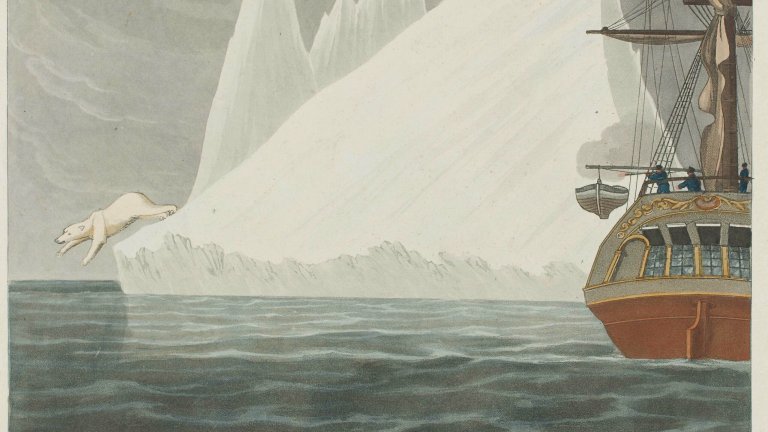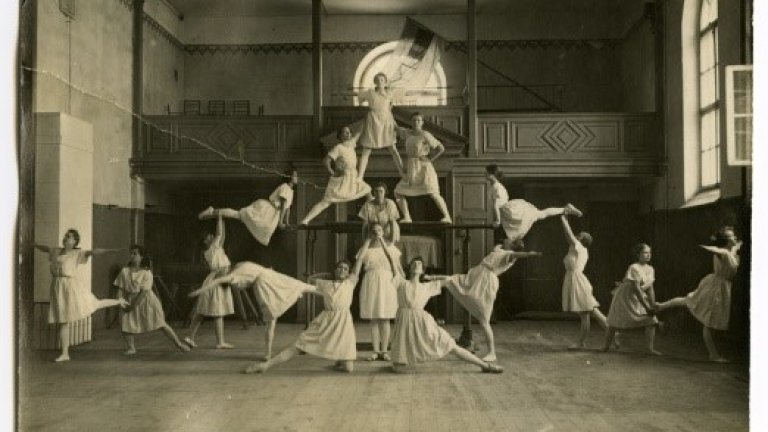Collections
The University of Tartu Museum incorporates the collections of the former University of Tartu History Museum and art museum. The museum’s collections are divided into photo, archive and object collections. The last-named includes scientific instruments, scientific and instructional collections, and the university’s historical and art heritage.
The collections and details about their subcategories can be found in the Information System of Estonian Museums, see https://www.muis.ee/en_GB/catalogue (Objects > Tartu Ülikooli muuseum or Tartu Ülikooli kunstimuuseum).

Scientific instruments
One of the most important collections in the University of Tartu Museum is that of scientific instruments. Above all, we preserve items manufactured locally in Tartu and Estonia.
The astronomical instruments used in the Old Observatory in the 19th and 20th centuries are important within the global history of science. These scientific instruments, innovative in their time but rare today, include, for example, the Arabic celestial globe, the Reichenbach-Ertel meridian circle, and the Fraunhofer refractor.
The Fraunhofer refractor, or refracting telescope, built in 1824, used to be the largest in the world and, using this telescope, the university’s astronomer Friedrich Georg Wilhelm Struve measured the distance of another star (Vega) from the Earth, being one of the first to do so.
The astronomical instruments used in the Old Observatory in the 19th and 20th centuries are important within the global history of science. These scientific instruments, innovative in their time but rare today, include, for example, the Arabic celestial globe, the Reichenbach-Ertel meridian circle, and the Fraunhofer refractor.
The Fraunhofer refractor, or refracting telescope, built in 1824, used to be the largest in the world and, using this telescope, the university’s astronomer Friedrich Georg Wilhelm Struve measured the distance of another star (Vega) from the Earth, being one of the first to do so.
Physics and chemistry items
The museum houses equipment used in the University of Tartu’s institutes of physics and chemistry in the 19th and 20th centuries, including the physics instruments of Georg Friedrich Parrot, the university’s rector and first physics professor, and Professor Carl Schmidt’s collections of inorganic compounds and minerals.
The Institute of Chemistry’s collection of glass and porcelain laboratory ware is especially diverse, and was brought to the museum courtesy of the chemist and museologist Tullio Ilomets.
The Institute of Chemistry’s collection of glass and porcelain laboratory ware is especially diverse, and was brought to the museum courtesy of the chemist and museologist Tullio Ilomets.
Medical and natural scientific items
The medical and natural scientific collection includes equipment, instructional materials and collections from several specialties.
For example, there are calculating machines and models from the field of earth sciences and mathematics, as well as the pharmaceutical herb collections of pharmacy professors Johann von Erdmann and Georg Dragendorff.
For example, there are calculating machines and models from the field of earth sciences and mathematics, as well as the pharmaceutical herb collections of pharmacy professors Johann von Erdmann and Georg Dragendorff.
Casts of ancient art
Casts of ancient art include ancient sculptures as well as smaller casts of gems, medals and coins. During the Age of Enlightenment, the collection of casts was used for instructional purposes at the university, and today they provide historical research material for various disciplines. Some of the ancient originals have been destroyed, making the casts particularly important historical sources.

Ancient originals
Ancient Egyptian mummies and Sumerian and Assyrian cuneiform tablets are the highlights of the small but varied collection of original ancient objects. In addition, the collection contains objects from ancient Greece and Rome: clay lamps, glass and clay dishes, mosaic pieces and ceramic fragments.
Most of the ancient originals that belonged to the University of Tartu Art Museum in the 19th century were taken to Voronezh, Russia during the First World War.
Most of the ancient originals that belonged to the University of Tartu Art Museum in the 19th century were taken to Voronezh, Russia during the First World War.

Graphic art
The museum’s graphic art collection is one of the three largest and most valuable collections of old graphic art in Estonia. The collection used to belong to collector Karl Eduard von Liphart, which adds to its value. Liphart’s graphic art collection was donated to the university in the 1920s and includes prints from the 15th to 19th centuries as well as a 19th-century art and travel series.

Photographs
The photo collection mainly contains materials about the activities of the university and the people associated with it, as well as the educational and cultural history of Estonia. Photographs documenting the medical conditions of patients at the Tartu University Clinic and anthropology-themed glass negatives from the second half of the 19th and beginning of the 20th century are unique examples of scientific photography.
The art museum’s collection of photographs contains reproductions of artworks created by various photographic techniques of the second half of the 19th century and illustrate the rapid development of photography at that time.
The art museum’s collection of photographs contains reproductions of artworks created by various photographic techniques of the second half of the 19th century and illustrate the rapid development of photography at that time.

Archive material
The core of the collection consists of medical histories from the Department of Internal Medicine, which give an interesting insight into both Estonian illnesses and the changes that took place in medicine over 120 years. Instructional materials include microscope blueprints. In addition, the archive collection includes a few publications and manuscripts related to the university.
Descriptions of the collections in ETIS
See the descriptions of the collections in the Estonian Research Information System.
See more

